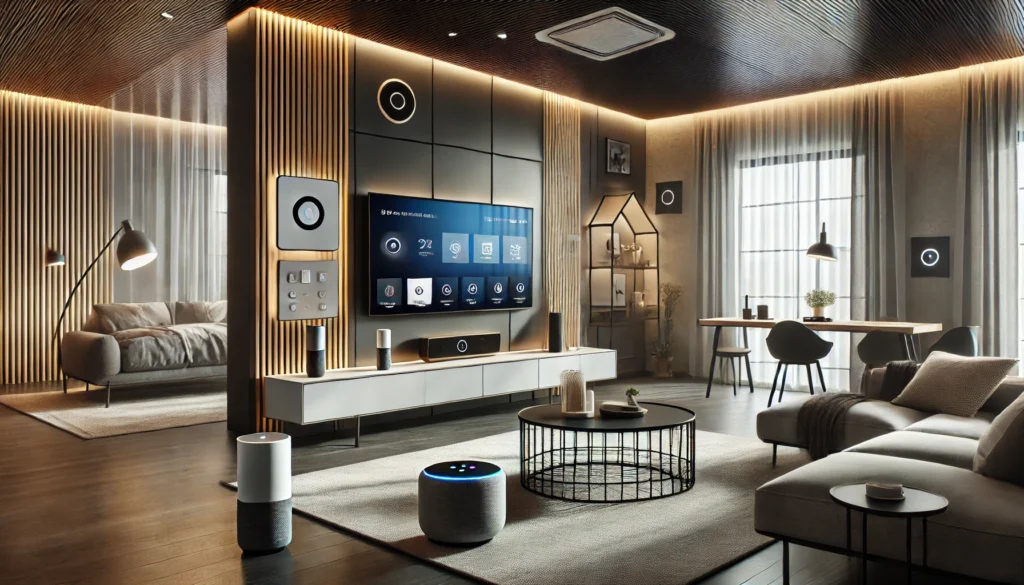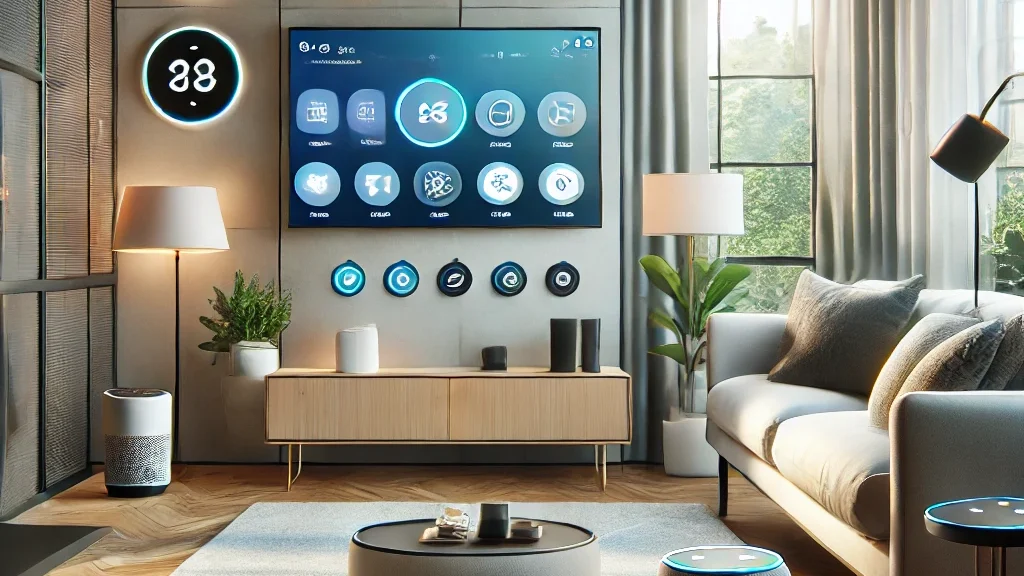Setting up a smart home ecosystem might look difficult, but that is easier than you think. With the right guidance and tools, anyone can turn their house into a smart home. Here’s a simple, step-by-step guide.

1. Select Your Smart Home Ecosystem
The first step is deciding on a smart home ecosystem. This system will connect and control all your devices. Amazon Alexa, Google Home, and Apple HomeKit are the most popular ecosystems. Each one offers similar features, but selecting one that aligns with your preferences is important.
For instance, sticking with Amazon Alexa is the best choice if you already use Amazon Echo or Alexa-enabled devices. Similarly, Apple users may prefer HomeKit for seamless integration with their iPhones.
2. Start with a Smart Hub
A smart hub acts as the control center for your home automation system. It allows various devices to communicate with each other. Some ecosystems, like Google Nest or Amazon Echo, double as both assistants and hubs.
If you’re starting small, you might not need a dedicated hub immediately. However, a hub becomes essential to automate multiple devices or use Zigbee or Z-Wave protocols.
3. Choose Your Smart Devices
Now comes the fun part—choosing your smart devices. First, start with basic devices that are easy to install and provide immediate benefits. Some popular beginner devices include:
- Smart lights: Brands like Philips Hue allow you to control lighting with your voice or an app.
- Smart plugs: These plugs can turn any device into a smart device. You can control them remotely or set schedules.
- Smart thermostats: With devices like the Nest Thermostat, you can control your home’s temperature from anywhere.
4. Install Your Devices
Most smart devices come with simple installation instructions. For smart bulbs, you can screw them into your light sockets and connect them via an app. For smart plugs, just plug them into a socket and follow the app’s setup process.
Be sure to follow the manufacturer’s instructions carefully, especially for security cameras or smart locks, where proper installation is crucial.
5. Create Automation and Routines
Once you have your devices installed, it’s time to automate. Automation allows devices to act based on triggers. For example, you can set up a routine where your lights turn on when you enter a room or your thermostat adjusts when you leave the house.
If you are a beginner, it’s best to start with simple routines. For instance, you can set a bedtime routine that turns off all the lights and locks the doors. Over time, you can add more complex routines, like setting up different scenes for movie time or cooking.
6. Ensure Security
As you add more smart devices, ensure your network is secure. Use strong passwords and keep your software up to date. Many smart devices come with built-in security features, but it’s essential to change default settings and passwords.
7. Expand as You Go
Once you’re comfortable with your basic setup, you can start expanding. Add devices like smart locks, cameras, and speakers to enhance your home’s automation. You can also integrate these devices with services like IFTTT (If This Then That) for more advanced automation.

Conclusion
Setting up a smart home ecosystem doesn’t have to be complicated. By choosing the right ecosystem, starting with basic devices, and setting up simple routines, you’ll have a smart home in no time. As you grow more confident, you can add more devices and create more advanced automation, making your life more convenient and efficient.
With a secure setup and gradual additions, your home can become a fully automated space tailored to your needs.
click here to go to the home page Home



